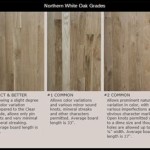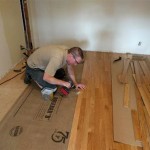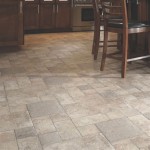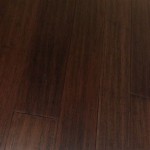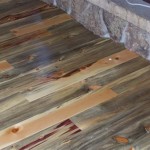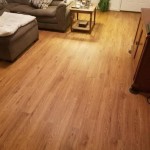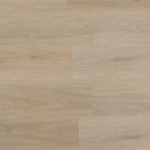Can You Put Wood Flooring on the Walls of a House?
Wood flooring has long been a popular choice for floors, known for its durability, warmth, and aesthetic appeal. But what about using it on walls? While unconventional, it's certainly possible to install wood flooring on walls, adding a unique and rustic charm to your home. However, there are specific considerations and potential challenges to be aware of before embarking on this project.
Advantages of Wood Flooring on Walls
Installing wood flooring on walls offers several potential advantages:**
- Visual Appeal: Wood flooring can add a distinctive and warm feel to any room, creating a cozy and inviting atmosphere. It can be particularly effective in rooms with limited natural light.
- Acoustic Benefits: Wood flooring can help to improve sound absorption, reducing noise levels and creating a more peaceful environment. This can be especially beneficial in open-plan spaces or rooms with high ceilings.
- Durability: Wood flooring is a robust material that can withstand wear and tear, making it suitable for high-traffic areas. It's also relatively easy to clean and maintain.
- Versatility: Wood flooring comes in a wide range of styles, colors, and textures, allowing for customization to suit any design aesthetic. You can choose from various wood species, finishes, and even distressed or reclaimed wood.
Considerations and Challenges
While there are many potential benefits, there are also considerations and challenges to be aware of when using wood flooring on walls:
- Moisture: Wood flooring is susceptible to moisture damage, so it's important to choose a moisture-resistant option and ensure adequate ventilation in the room. Consider using a sealant to protect the wood from humidity and spills.
- Weight: Wood flooring can be heavy, especially when installed on a large wall. Be sure to use appropriate wall supports and fasteners to ensure the weight is distributed evenly and securely. Professional installation is recommended to avoid potential damage or instability.
- Installation Complexity: Installing wood flooring on walls requires specialized techniques and tools. You may need to adjust the flooring to fit the wall contours, cut and fit pieces, and ensure proper alignment. This can be a challenging DIY project and may benefit from professional expertise.
- Fire Safety: Wood is flammable, so it's crucial to be mindful of fire safety when using it on walls. Ensure that the flooring is treated with fire-retardant materials and that there are adequate fire safety measures in place, such as smoke detectors and fire extinguishers.
Types of Wood Flooring Suitable for Walls
Not all wood flooring types are suitable for walls. Consider these options:
- Engineered Wood Flooring: This type of flooring is constructed with multiple layers of wood, making it more stable and less prone to warping than solid wood. It's a good option for walls due to its durability and moisture resistance.
- Bamboo Flooring: Bamboo is a fast-growing, renewable resource that is known for its strength and durability. It's a good choice for walls as it's naturally resistant to moisture and insects.
- Reclaimed Wood: Reclaimed wood adds character and history to any space. It's often already treated with natural oils and waxes, making it suitable for walls.
It's essential to consult with a professional flooring contractor or architect for guidance on the best wood flooring type for your specific project and to ensure proper installation.

Installing Wood Flooring On Walls Newlywoodwards

Wood Flooring Feature Walls Direct

Wood Flooring Feature Walls Direct

How To Use Wooden Flooring As A Stunning Feature Wall Discount Depot Blog

Wood Flooring Feature Walls Direct

How To Install A Wood Flooring Feature Wall

Popular Design Style Wood On Walls Real Floors

Expert Tips On How To Match Wall Color With Wood Floors

Tips For Matching Wall Color And Wood Floor Ideas Precision Painting Plus

How To Match Wall Color With Wood Floor Chestnut Flooring

